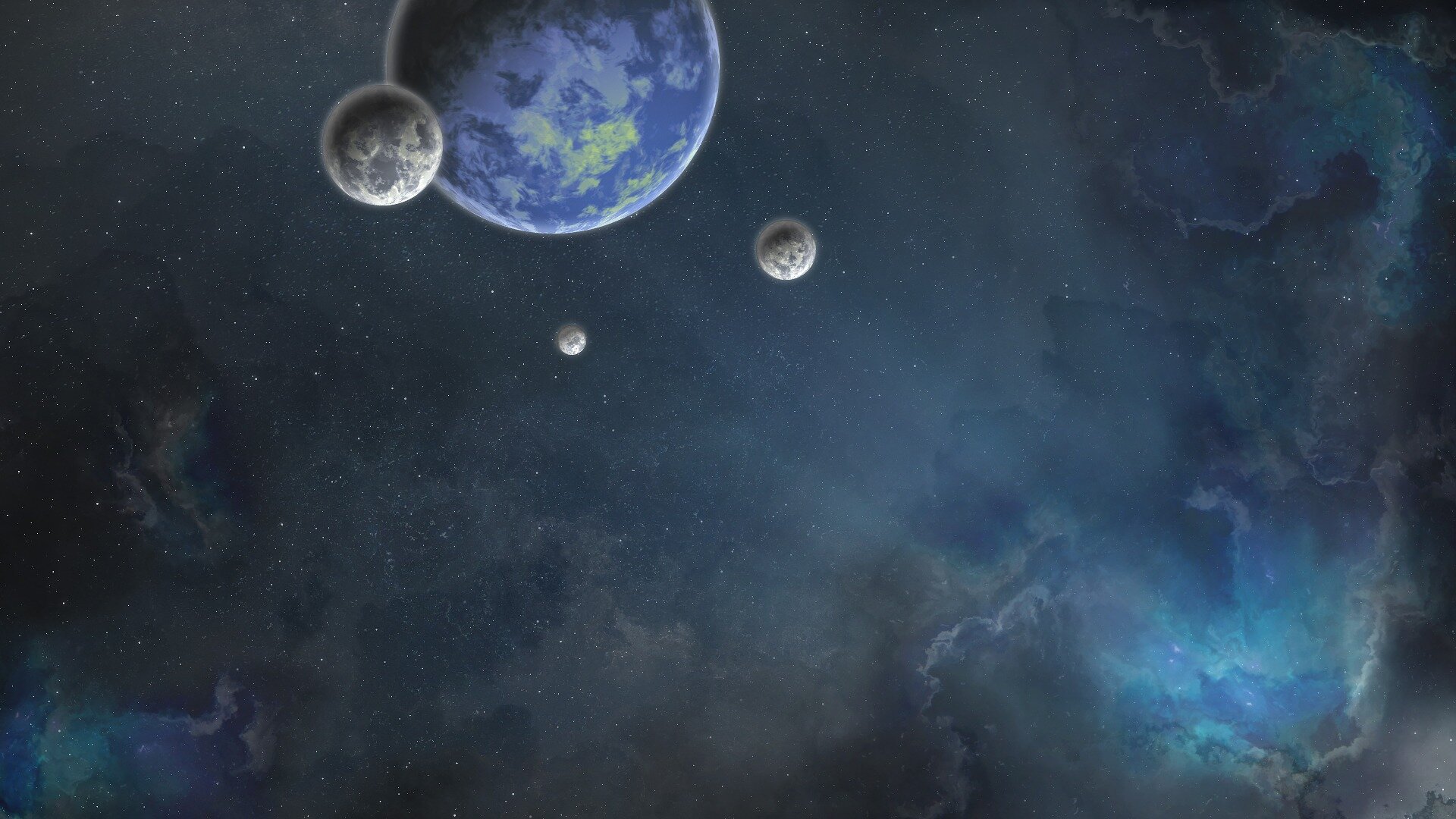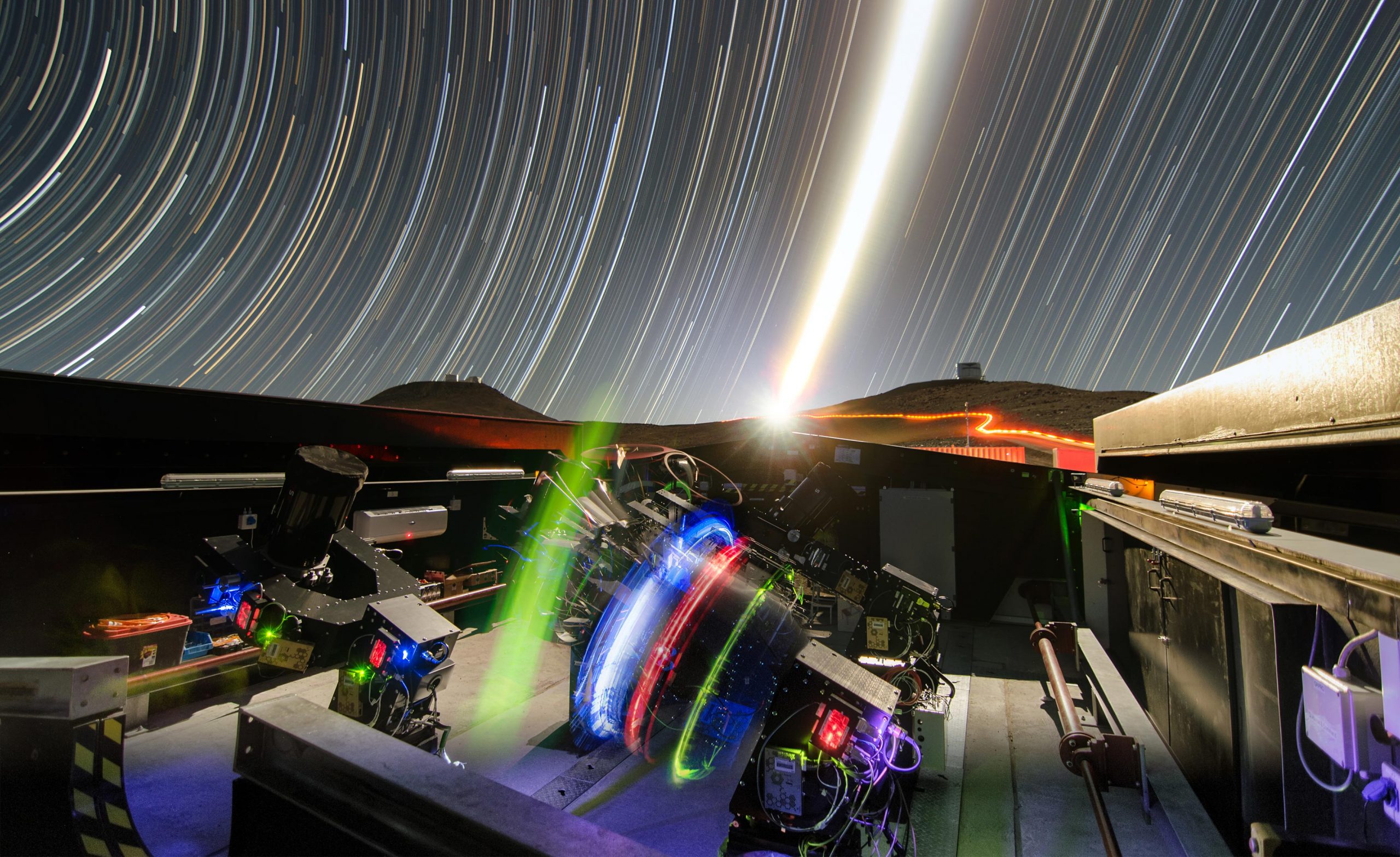Meteoroids bombarded the Earth-Moon system 800 million years ago. Image credit: Murayama, Osaka University.
"Understanding meteor bombardment of Earth is an issue of both great scientific interest and practical importance because impacts are potentially hazardous to our planet," said lead author Professor Kentaro Terada from the Department of Earth and Space Science at Osaka University and colleagues.
"Since the Cambrian biodiversity explosion, mass extinction events have occurred at least five times, and extraterrestrial impacts are considered a potential cause of some of them."
Quite a lot has been going on:
GSA Session T119: Sedimentary Landscapes Across the Solar System: Planets, Moons, and Terrestrial
We are inviting abstracts to our multidisciplinary session sponsored by the Planetary Geology, Quaternary Geology and Geomorphology, and Sedimentary Geology divisions of the Geological Society of America (GSA).
This session proposes to bring about a collection of state-of-the-art contributions in the topics of planetary sedimentology and geomorphology. Topic of interest include: (i) Sedimentology and geomorphology of extraterrestrial landscapes investigated through rovers, with a particular focus on Mars; (ii) Orbiter-based studies of extraterrestrial landforms, with a particular focus on moons such as Titan; (iii) Theoretical and physics-based modelling of sediment fluxes and (bio?
'Lost' world's rediscovery is step toward finding habitable planets

Reported in Astrophysical Journal Letters , the planet named NGTS-11b orbits a star 620 light years away and is located five times closer to its sun than Earth is to our own.
The planet was originally found in a search for planets in 2018 by the Warwick-led team using data from NASA's TESS telescope. This uses the transit method to spot planets, scanning for the telltale dip in light from the star that indicates that an object has passed between the telescope and the star. However, TESS only scans most sections of the sky for 27 days. This means many of the longer period planets only transit once in the TESS data.
REVIEW: 'Blair Witch' director returns with faux documentary about alien encounter | Movies |

Myrick is an American film director most well-known for his role as co-director and writer of the 1999 "The Blair Witch Project," with Eduardo Sánchez.
That movie, you may remember, is a fictional story told in found-footage format, so realistic that to this day some viewers still take it as the truth.
At first, I thought Myrick's "Skyman" really was a documentary. But I enjoyed it all the more once I caught on to the way Myrick chose a documentary format to tell this tale of a fellow who never fit in, and how he longs to return to a moment in time when he connected with the universe.
Were you following this:
The Strangest Conspiracy Theories The Interwebs Has To Offer | Lethbridge News Now

It's a sign of the times. While the world has been battling a pandemic and social issues, we have also been battling the spread of misinformation. Conspiracy theory culture really began at the time of the JFK assassination. Americans desperately wanted an explanation, even if that explanation was a bit out there or just a way of projecting politics. Then, in the 1990s, came along the Internet and the golden age of theory.
No conspiracy theory list would be complete without a mention of the "faked" 1969 moon landing. Neil Armstrong's giant leap launched probably the most persistent conspiracy theory of the 20th century.
Rediscovery of a Lost Planet Paves Way for Detection of a Habitable "Goldilocks Zone" World

The Next-Generation Transit Survey (NGTS) is located at ESO’s Paranal Observatory in northern Chile. This nighttime long-exposure view shows the telescopes during testing. The very brilliant Moon appears in the center of the picture and the VISTA (right) and VLT (left) domes can also be seen on the horizon. Credit: ESO/G. Lambert
The rediscovery of a lost planet could pave the way for the detection of a world within the habitable ‘Goldilocks zone’ in a distant solar system.
Do You Believe Aliens Exist? - The New York Times

In " Area 51 Raid: They Come in Peace, So Far, in Search for Aliens ," Nicholas Bogel-Burroughs writes about the event and its enthusiastic participants. But he also takes on the mystery at the heart of the gathering:
* * *
Seth Shostak is a senior astronomer at the SETI Institute in Mountain View, Calif. (SETI is short for the Search for Extraterrestrial Intelligence.) Researchers there are searching for intelligent aliens — ones that "can at least use a radio transmitter," Mr. Shostak said.
Happening on Twitter
Earth and the moon were bombarded by an asteroid shower 800 million years ago larger than the asteroid responsible… https://t.co/NNAvitZfCE CNN Wed Jul 22 05:17:24 +0000 2020
A giant meteor shower bombarded Earth and the Moon 800 million years ago with more than 30 times the force of the a… https://t.co/0eyrsnQIyQ AFP (from France) Tue Jul 21 19:51:00 +0000 2020
Asteroid shower on the #Earth-Moon system 800 million years ago revealed by #lunarcraters @osaka_univ @NatureComms https://t.co/fLMqV8b4MJ physorg_com Tue Jul 21 17:51:24 +0000 2020
Japanese scientists examined images taken by the Kaguya lunar orbiter and found that an enormous asteroid broke up… https://t.co/y1cwP7Qohp inquirerdotnet (from Makati City) Wed Jul 22 15:54:31 +0000 2020
No comments:
Post a Comment